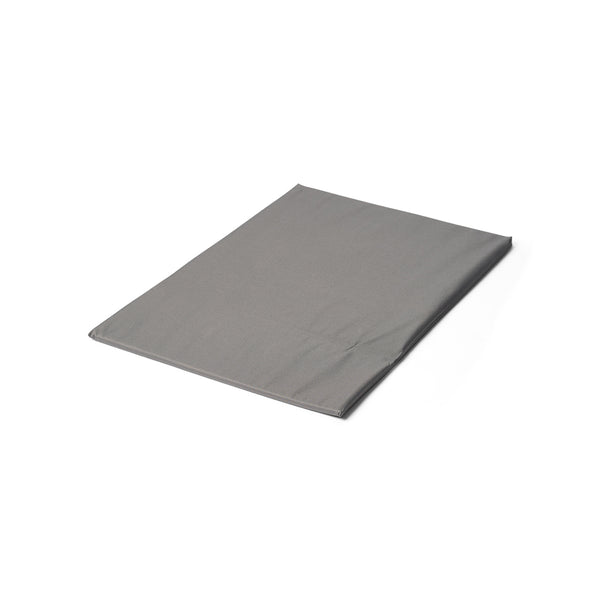Bones and dogs often go hand in hand, but not all bones are safe for your pet. In particular, leftover steak bones can pose risks, despite offering some potential benefits. Here are the key points to consider to help you make an informed decision.
Raw, Meaty Bones
Properly handled raw, meaty bones can be safe and enjoyable treats for your dog. Raw bones are generally less likely to splinter than cooked bones, making them a safer chewing option. They also provide a natural means of cleaning teeth and help strengthen jaw muscles.
However, raw bones come with some risks. They may carry harmful bacteria such as Salmonella or E. coli, which can make both your dog and household members sick. To minimize this risk, only provide freshly purchased bones that have been stored properly and ensure you wash your hands and clean your dog’s feeding area after handling raw bones.
Cooked Bones
It may be tempting to share your steak bone with your dog, but doing so comes with significant risks. Cooked bones easily splinter, breaking into sharp fragments that can cause serious injuries, including:
-
Broken teeth
-
Cuts in the mouth or throat
-
Intestinal blockages
-
Choking hazards from brittle bone pieces
For these reasons, experts strongly advise against feeding cooked bones to dogs. Instead, consider safer alternatives.
Safer Alternatives to Steak Bones
If you want to provide a chewing experience without the risks, consider these safer options:
-
Commercial Chews – Opt for high-quality, veterinarian-approved chews that are safe and digestible.
-
Rawhide Alternatives – Choose rawhide substitutes made from natural, easily digestible materials.
-
Durable Chew Toys – Strong rubber or nylon chew toys allow dogs to satisfy their chewing instincts safely.
Tips for Feeding Bones Safely
If you decide to give your dog a raw bone, follow these guidelines:
-
Monitor Closely: Always supervise your dog while they chew.
-
Choose the Right Size: The bone should be large enough to prevent choking but manageable for your dog to handle.
-
Limit Chewing Time: Allow breaks to prevent excessive wear on your dog’s teeth.
When to Contact Your Veterinarian
If your dog has eaten a bone and exhibits any signs of discomfort, such as vomiting, lethargy, or a bloated abdomen, contact your veterinarian immediately. Early intervention can prevent serious complications.
https://www.akc.org/expert-advice/nutrition/dog-eat-steak-bones/






